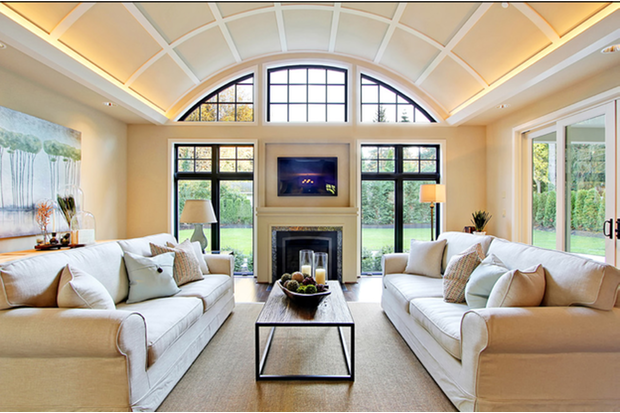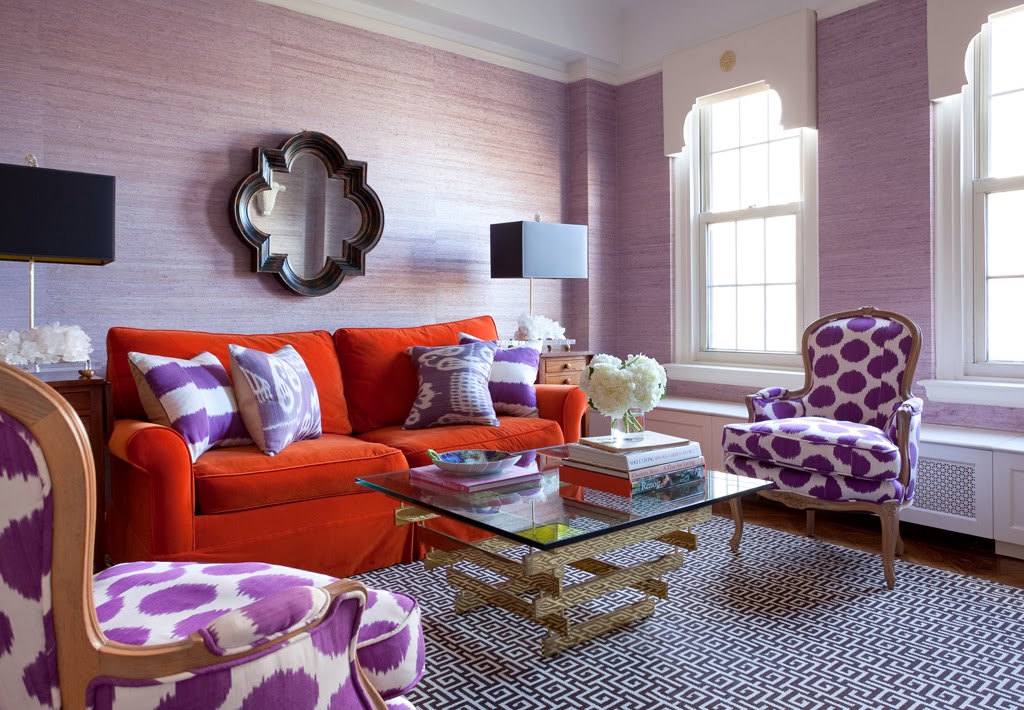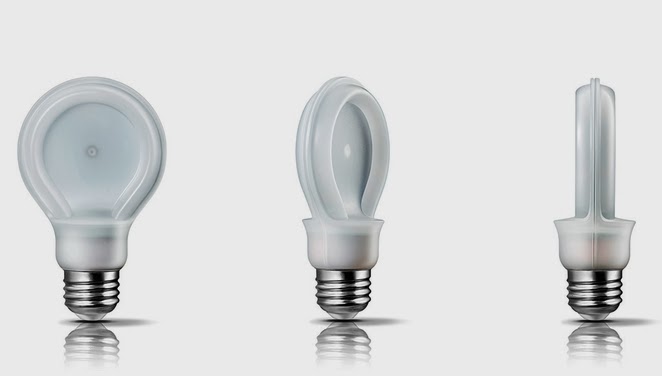This project was not a simple cosmetic facelift or even a down-to-the-studs gut job. This was a full-on extension/addition that required me to work closely with the contractor and architect. The back portion of half of my clients' home was blown out to make way for a much larger master bedroom and bathroom. And all the disruption, construction, and wait was well worth it.
But before we ogle the reveal images, let's take a look at what the space looked like when I initially encountered it. You will see why my clients were eager to be rid of what they (and I) considered to be a very un-masterful master bathroom.
Like many California ranch homes built in the 1950s, this master bathroom was not really a "master bath." The concept of a "master bath" as we know it today didn't really exist then. My clients, who only three years ago purchased the home from the family of the original owner, were saddled with a small, dysfunctional space. Chief among the dysfunctions: a vanity only 30" high (my clients had to stoop quite low to lean on the counter), and an inconveniently placed window that forced the too-low vanity mirror to reflect only the waist and partial torso--not the face--of anyone standing in front of it.
A separate water closet with a pocket door was also the spot for a very narrow shower. That, my friends, was a master bathroom in 1956. And so my work began.
In order to refine a design concept for the soon-to-be larger space, and thereby narrow down material choices, my clients and I had a brainstorming session: we spoke of an elegant Old World/ European bedroom and bathroom, a luxurious bath that would reference a Roman spa, and finally the idea of a Hammam was brought into the mix. We blended these ideas together in oil-rubbed bronze fixtures, and a tiny mosaic vine pattern in beautiful Bursa Beige marble from Turkey and white Thassos marble from Greece. The extension of the house allowed us to create a true master suite which includes a greatly enlarged bedroom area, and a generous sized bathroom with a jetted soaking tub, a very large walk-in shower, a double-sided fireplace (facing the tub on the bath side), and a luxurious 8' long vanity with double sinks and a storage tower.
The vanity wall is covered with the imported mosaic vine pattern. The custom Larson Juhl framed mirrors are flanked by gorgeous hand-wrought scones from Hubbardton Forge which echo the vine and leaf pattern in the mosaic. And the vanity itself features an LED strip in the toe-kick which allows my clients to see in the middle of the night without having to turn on a shockingly bright overhead fixture.
Photo by Bernardo Grijalva
At the other end of the master bath, a luxurious jetted tub nestles by a fireplace in the bay window area. Views of the garden can be seen while soaking in bubbles...
Photo by Bernardo Grijalva
Photo by Bernardo Grijalva
The over-sized walk-in shower features a paneled wainscoting effect which I designed to be executed in Crema Marfil marble. The vine mosaic continues in the shower, topped by green onyx squares. A rainshower head and a hand-held spray on a bar provides showering options. The shower floor slopes gently in one direction toward a hidden linear drain; this allows the floor to be read as a continuation of the main space, without being interrupted by a center drain.
Photo by Bernardo Grijalva
I have a few more finished projects coming up which I will be sharing with you soon. New posts are always scheduled every Monday!
In the meantime, happy designing!



















































